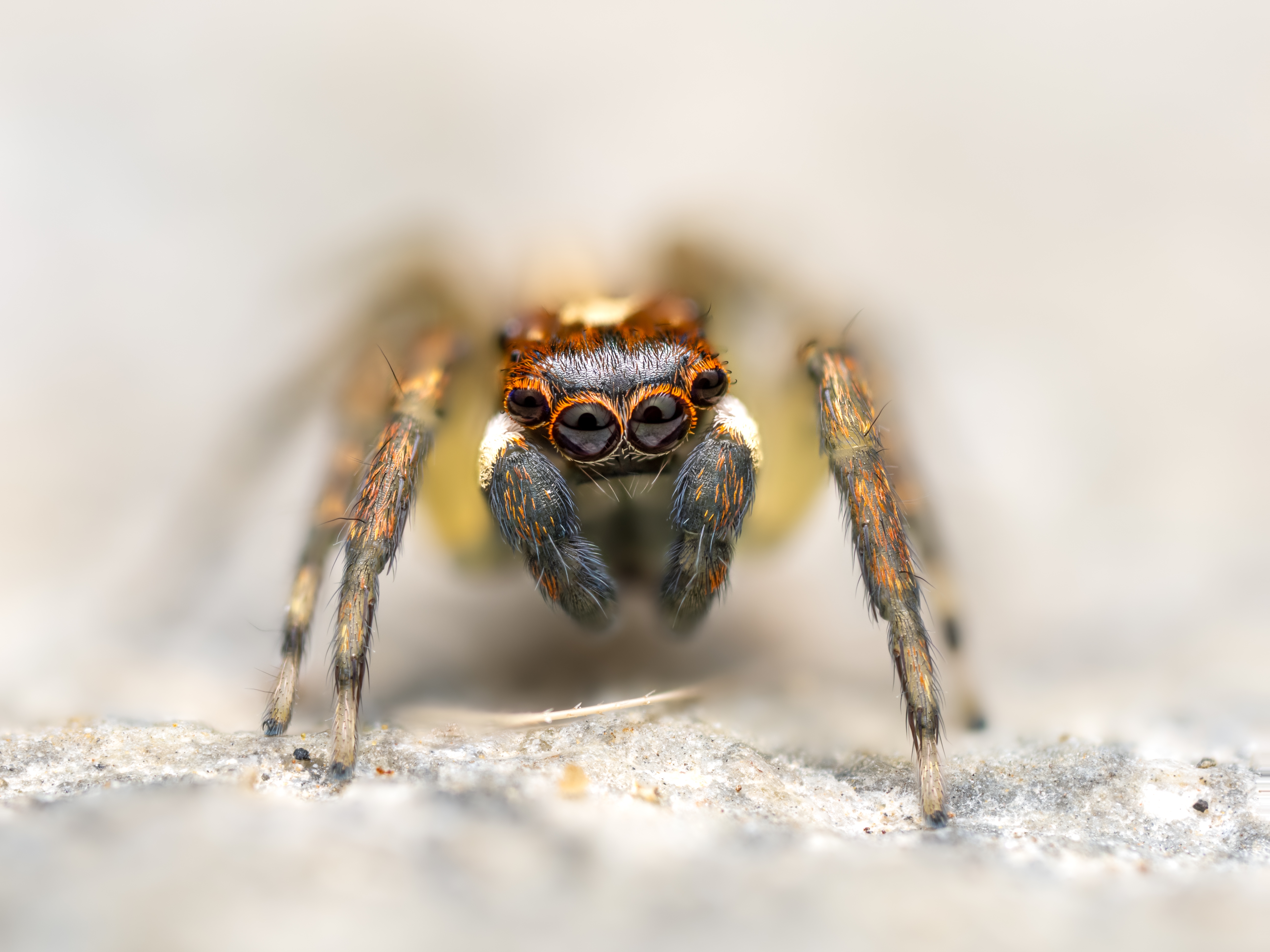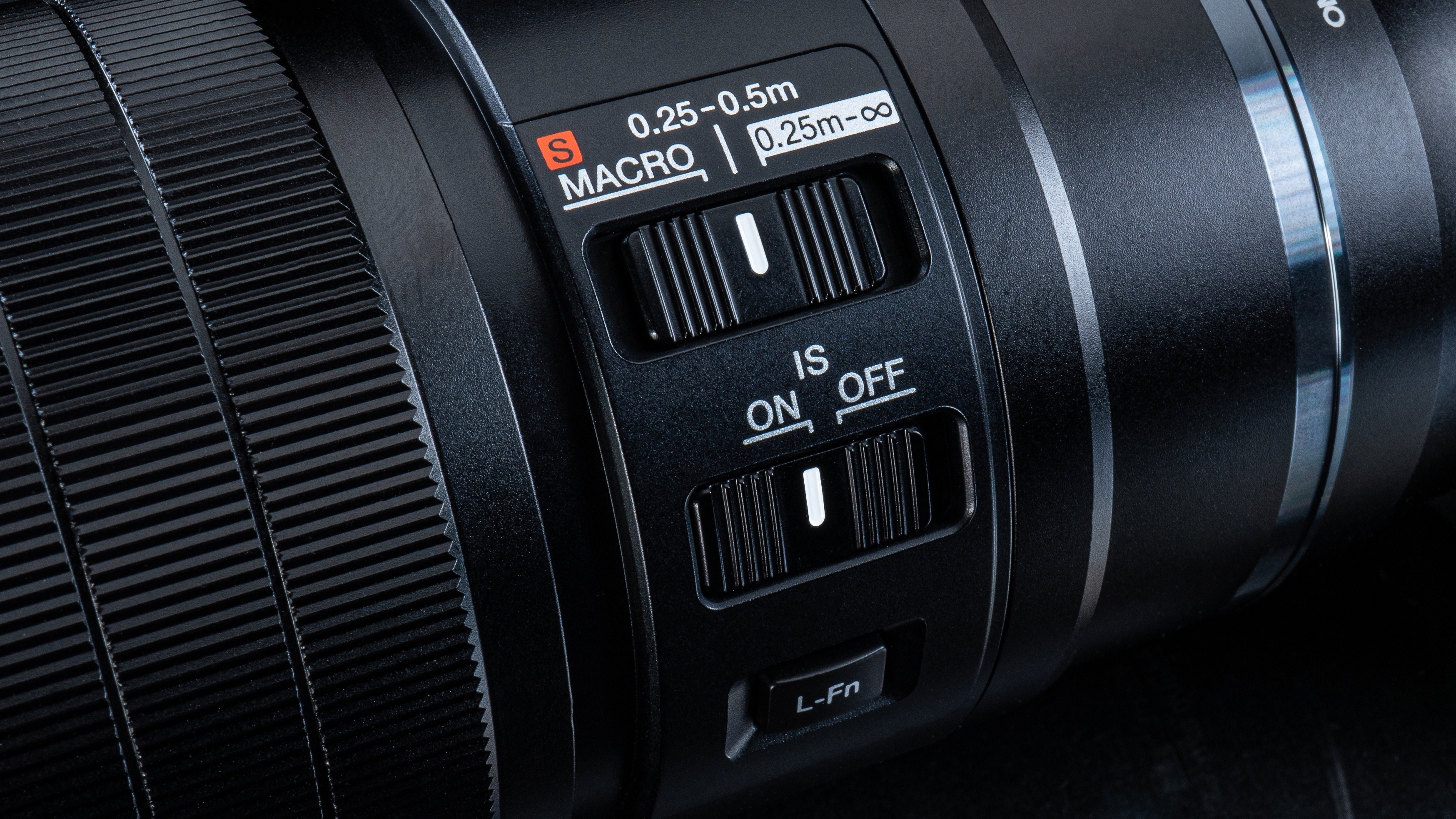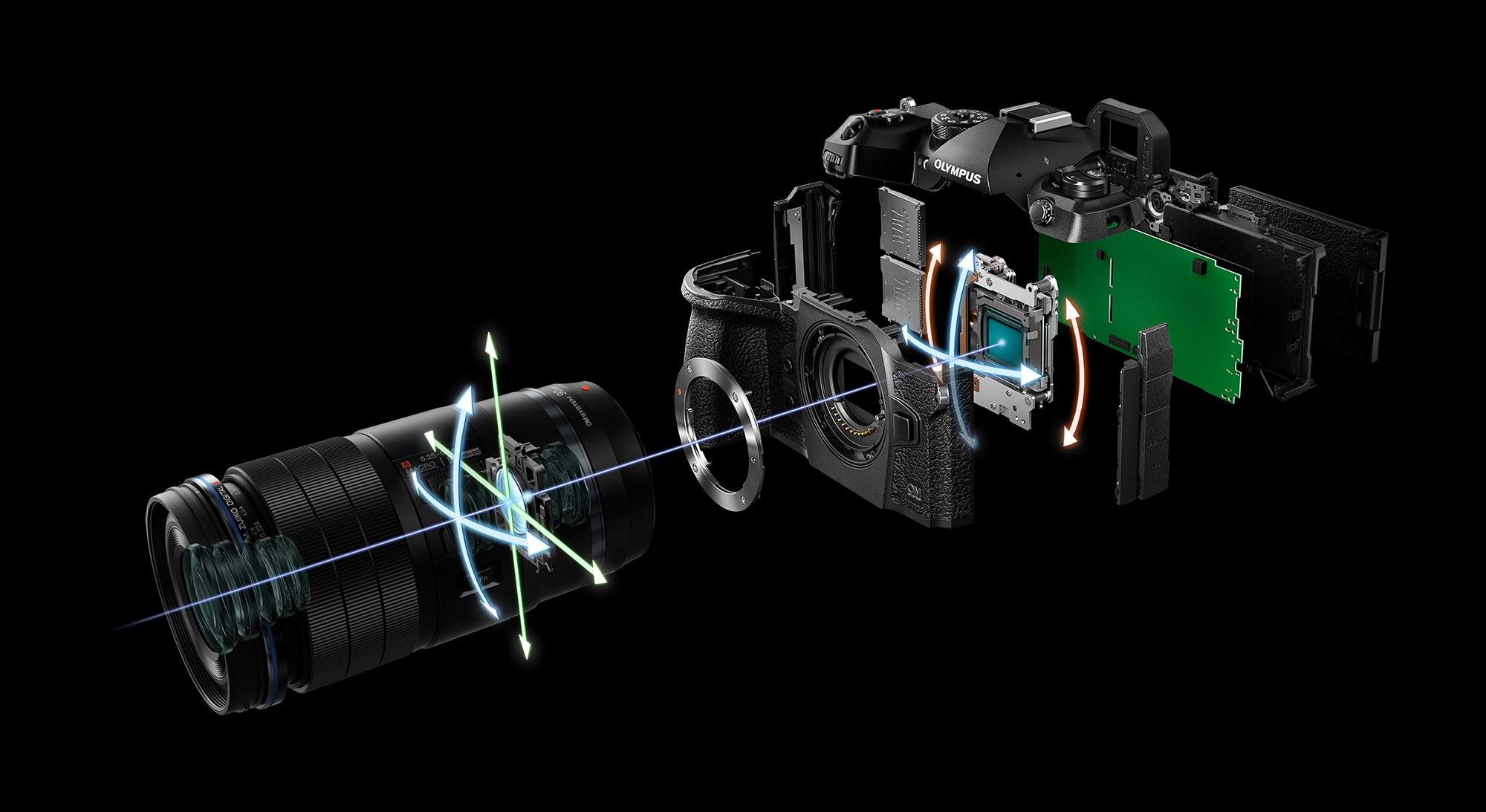5 reasons why I can't wait to use the mind-blowing OM 90mm macro lens
A macro lens that promises to be the most versatile ever

I love a bit of macro photography, and I can happily spend hours immersed in the tiny world that’s barely visible to the human eye. I’ve tried my hand at macro with a range of camera and macro lens systems: full-frame mirrorless, crop-sensor DSLRs; even my Ricoh GR III X compact camera produces good results, though I’ve had little success with a smartphone.
But there’s one system that makes the most practical sense to me for macro photography, without compromising on image quality: Micro Four Thirds (MFT). You can get next-level macro images – way better than anything you could capture with a smartphone – with an OM System (formerly Olympus) or Panasonic Lumix G camera with macro lens, while enjoying the convenience of a lightweight, featured-packed system.
Now the new OM System M.Zuiko Digital ED 90mm F3.5 macro IS Pro lens – I’ll call it the OM 90mm macro lens from now on – takes MFT macro shooting up a notch. Available for £1,299 / £1,499 / AU$ 2,249, it’s an incredible-looking bit of kit with some world-first tech inside. I’m particularly excited to have the chance to play with it, and here’s why.

1. A closer look; up to 4x magnification
A true macro lens offers a 1:1 reproduction scale (also known as 1x magnification) or greater. In simple terms, 1x magnification means subjects can be captured in sharp detail at their real size on the camera’s sensor. A Micro Four Thirds sensor measures 17.3 x 13mm – smaller than a postage stamp – and an image of an insect or other small object projected in sharp focus onto that sensor can then be printed, or shared online, at a huge scale.
The new OM 90mm F3.5 macro lens is a design triumph, and can go twice as close as most macro lenses with a 2x magnification. Whack on optional OM System teleconverters and the magnification can be further increased to 3x approx (with the M.Zuiko 1.4x teleconverter MC-14) and 4x approx (with the M.Zuiko 2x teleconverter MC-20). And because the sensor size is approximately half the size of full-frame, we’re talking a full-frame equivalent of up to 8x magnification. Wow.
Say goodbye to macro accessories like extension tubes (well, almost); we’re talking mind-blowing magnification in a proprietary lens that can make full use of all the camera’s features, like speedy autofocus, for capturing microscopic details. We’re into the realms of counting the hairs on a spider’s leg.

2. Better working distances
As it’s a Micro Four Thirds lens, the focal length of the OM 90mm F3.5 macro lens is a full-frame-equivalent 180mm. The most common focal length for macro lenses is approximately half that, around 100mm. Focal length is significant for macro photography, because it affects your potential working distance from subjects.
Sign up for breaking news, reviews, opinion, top tech deals, and more.
Any seasoned macro photographer will tell you that if you get too close to living macro subjects such as insects, they can easily be scared away. You might even find the lens itself blocking out the light, or knocking into the subjects in your picture – for example, the leaf that a ladybug is sitting on.
A 180mm lens offers a significantly longer working distance than 100mm. In this case, to gain 1x magnification, close focusing can be achieved at a distance of 250mm, while if you want 2x magnification the ‘S Macro’ switch reduces the minimum focus to 224mm. With a 100mm macro lens, the close focus distance would be around 100mm, which can be a little close for comfort.

3. Sensor format gives greater depth
Much is said about how sensor size affects control over depth of field in photography and video; the larger the sensor the shallower the depth of field you can capture, for example to blur backgrounds in portraits. But in macro photography you ideally want the opposite effect – greater depth of field.
Macro photography is done at such close distances that depth of field becomes extremely shallow, so only the tiniest little bit of detail, like a fraction of a grasshopper's eye, will be sharp. To increase depth of field and get more of the subject into sharp focus you’ve got two options: close down aperture at the cost of light intake (undesirable), or focus-stack multiple frames (complex – I’ll get onto stacking later).
Micro Four Thirds offers twice the depth of field of full-frame at any given aperture, and you’ll get largely the same light intake at that aperture, too. Win-win.

4. Easy handling
Regarding superior handling for field macro, where do I begin with the OM 90mm macro lens? For me, lens size is a real advantage of Micro Four Thirds. A typical 180mm full-frame macro lens is typically gargantuan, weighing about 1kg. Conversely, OM system lenses are about half the size and weight, with the OM 90mm macro weighing a mere 453g. Add the OM 90mm macro lens to the company’s flagship OM-1 camera, and the combo is around just 1kg – and both the lens and the camera boast IP-53 weather resistance.
Other system benefits include class-leading image stabilization, which is particularly relevant to macro photography, where camera shake is all the more obvious because of the high magnification. Shake can make composing a picture a real nightmare, and it can adversely affect how sharp the detail is in your final picture. Used with the OM-1, the 90mm macro lens offers seven stops of image stabilization, making it much easier to fix on your subject and get a sharp handheld shot, provided the subject is still.
Focusing is another win for the OM 90mm macro lens. It benefits from class-leading autofocus for macro photography, with a focus limiter switch. I would usually opt for manual focus for macro photography – for which there’s an excellent manual-focus clutch in this lens – but reports are that the lens’s autofocus is way more useful than a seasoned macro photographer could hope for, latching onto tiny details with precision. I expect to have to do much less fiddling in order to achieve sharp focus than ever before.

5. Computational smarts
Smartphones do not have the monopoly on computational photography (put simply, computational modes combine multiple images into one for effects that are otherwise not possible in a single shot), and one of the many computational photography modes that the OM-1 camera boasts is focus stacking.
Pair the OM 90mm F3.5 macro lens with the OM-1, and the focus stacking mode will capture a series of photos, incrementally shifting the focus distance from near to far, to significantly increase how much of your subject is in focus.
Most camera systems that offer focus stacking only go halfway, in that you still need to merge the captured frames by processing them in post. Not so with the OM-1; the camera will do the hard work for you at the push of a button, automatically combining multiple frames into one image with greater depth of field.
All in all, the OM 90mm F3.5 macro lens, especially when paired with an OM-1 camera, promises to make field macro photography easier than ever before. I can’t wait to try it out for myself, and share my experiences, and the images.

Tim is the Cameras editor at TechRadar. He has enjoyed more than 15 years in the photo video industry with most of those in the world of tech journalism. During his time as Deputy Technical Editor with Amateur Photographer, as a freelancer and consequently editor at Tech Radar, Tim has developed a deeply technical knowledge and practical experience with cameras, educating others through news, reviews and features. He’s also worked in video production for Studio 44 with clients including Canon, and volunteers his spare time to consult a non-profit, diverse stories team based in Nairobi. Tim is curious, a keen creative, avid footballer and runner, and moderate flat white drinker who has lived in Kenya and believes we have much to enjoy and learn from each other.